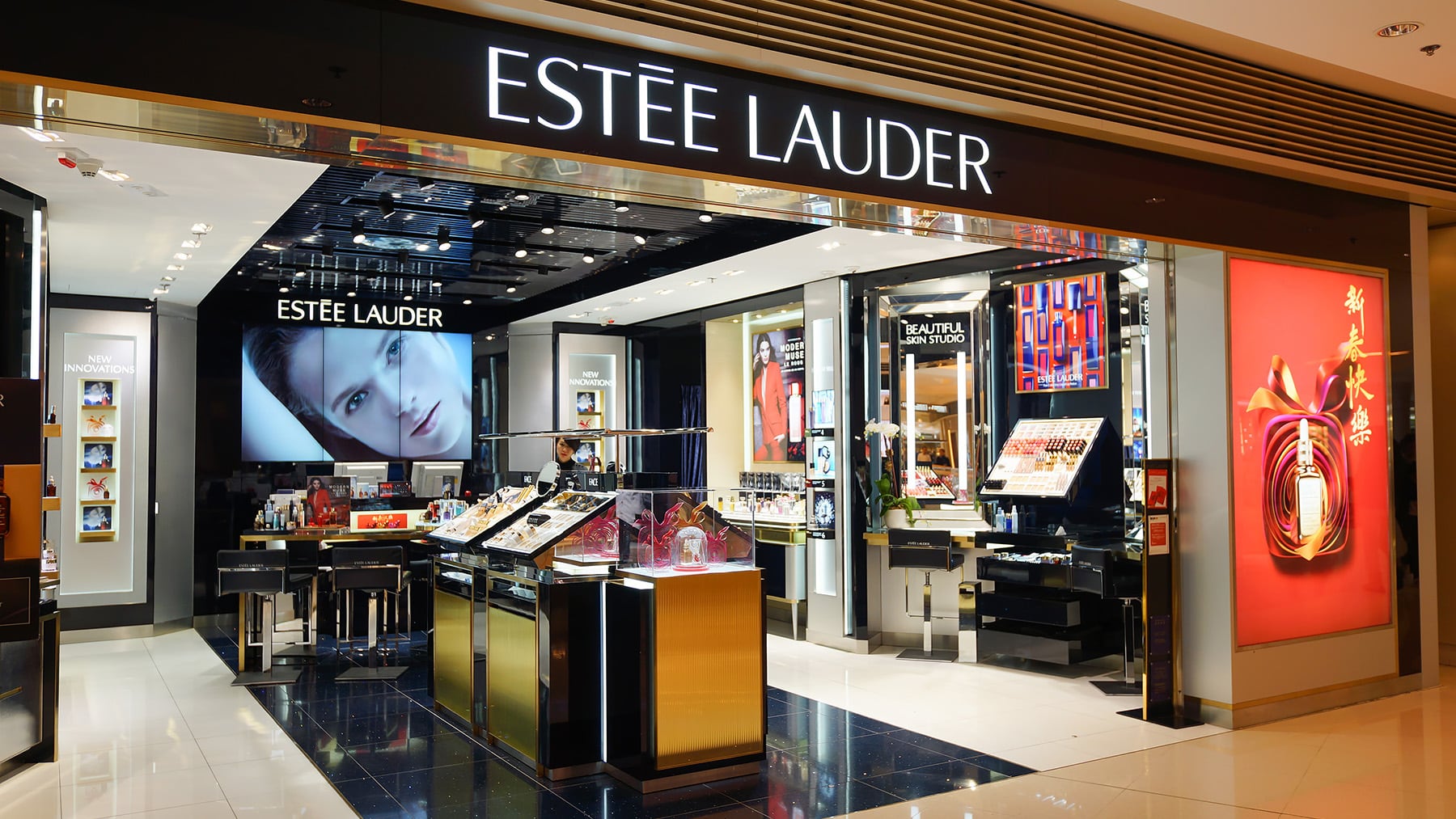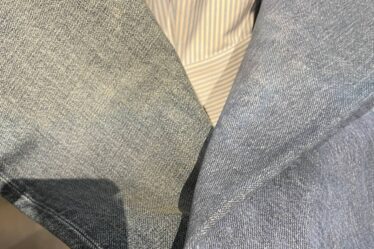
Estée Lauder is forecasting annual revenue growth below analysts’ expectations, a sign that the cosmetics company’s long-awaited recovery has hit another roadblock.
The company said Monday in a statement that it sees revenue in its current fiscal year between a 1 percent decrease and a 2 percent increase. Analysts surveyed by Bloomberg were forecasting a 5.6 percent increase to $16.5 billion. The cosmetics giant cited continued declines in prestige beauty sales in China, reflecting “persistent weak sentiment among Chinese consumers.”
“While our sales and profit outlook for fiscal 2025 is disappointing, this year we will make important strides, as we implement our strategy reset,” chief executive officer Fabrizio Freda said in the statement.
The company’s shares fell 8.4 percent in premarket trading in New York.
Estée Lauder said earlier on Monday that long-time CEO will retire at the end of June 2025. Freda had been rolling out a turnaround plan to get one of the world’s largest cosmetics companies back on financial track and recapture some of the market share it’s ceded to major competitors such as L’Oréal and smaller brands in the US and China. He pledged to cut costs, seize on social media beauty trends more quickly and pivot to sell some of its brands, including Clinique, on Amazon, which Estée Lauder had long eschewed out of concerns it could undermine consumers’ perceptions of its brands as higher-end.
The company is digging itself out of a financial hole caused by an implosion in sales at tax-free stores primarily in tourist destinations in China and other parts of Asia. Post-pandemic travel has been slower to bounce back than Estée Lauder executives anticipated. While that travel retail business, as it’s called, started to recover in the quarter that ended on March 31, consumer demand across China, as well as the US, has been sluggish. Both countries had powered the company’s stellar growth in the years before the pandemic.
“China, which accounted for close to 30 percent of Estée Lauder sales at its height, was the biggest blessing in the company’s run up into fiscal year 2022, though its biggest curse since then,” Raymond James analyst Olivia Tong wrote in a recent research note.
Estée Lauder executives are also trying to restore confidence with investors and analysts after repeatedly cutting forecasts during the past year, giving the impression at times that they didn’t have a solid grasp on the dynamics shaping their business.
Learn more:
Estée Lauder Reveals Its Recovery Playbook
The beauty giant announced layoffs and plans to regain profitability, measures to restore faith in investors and customers alike.


